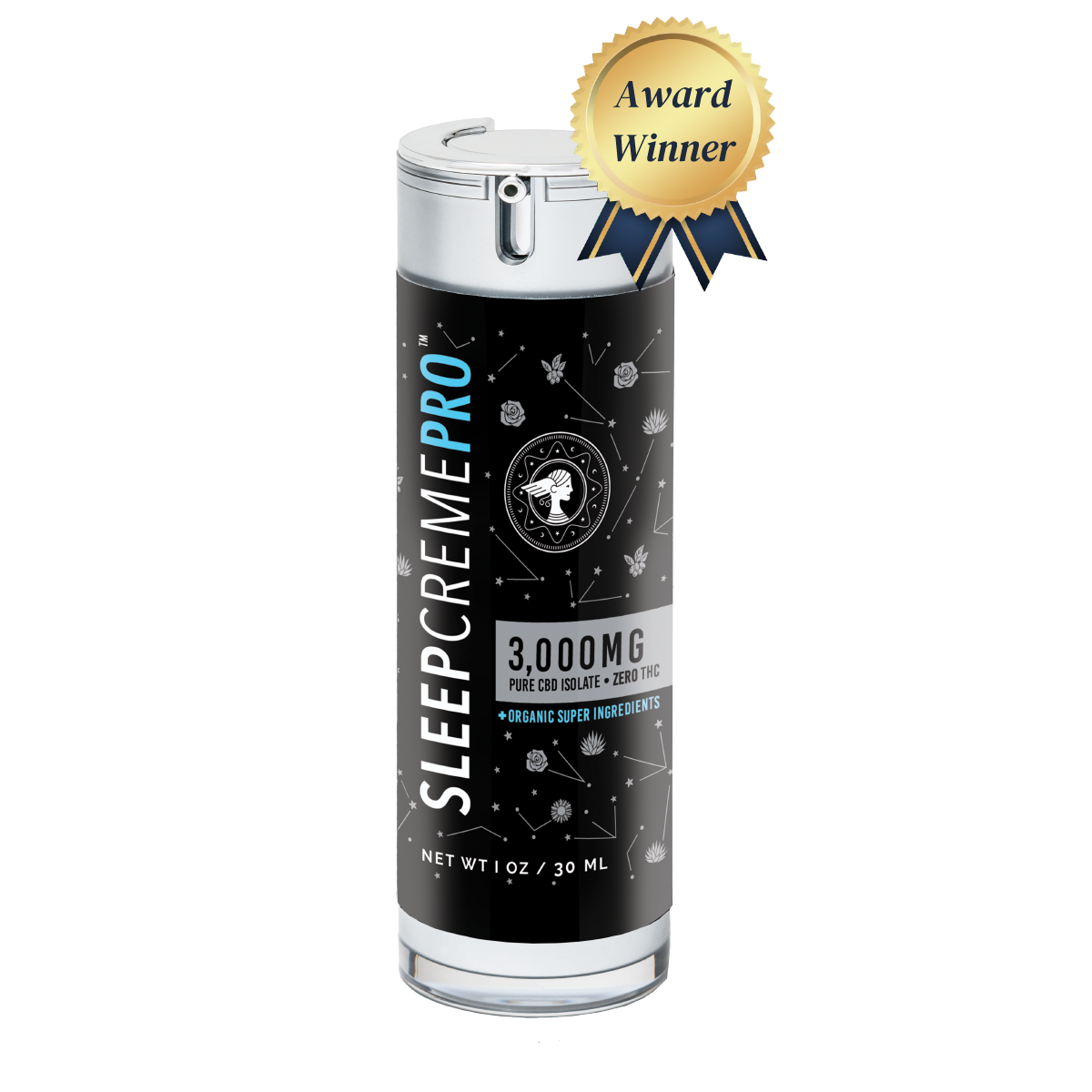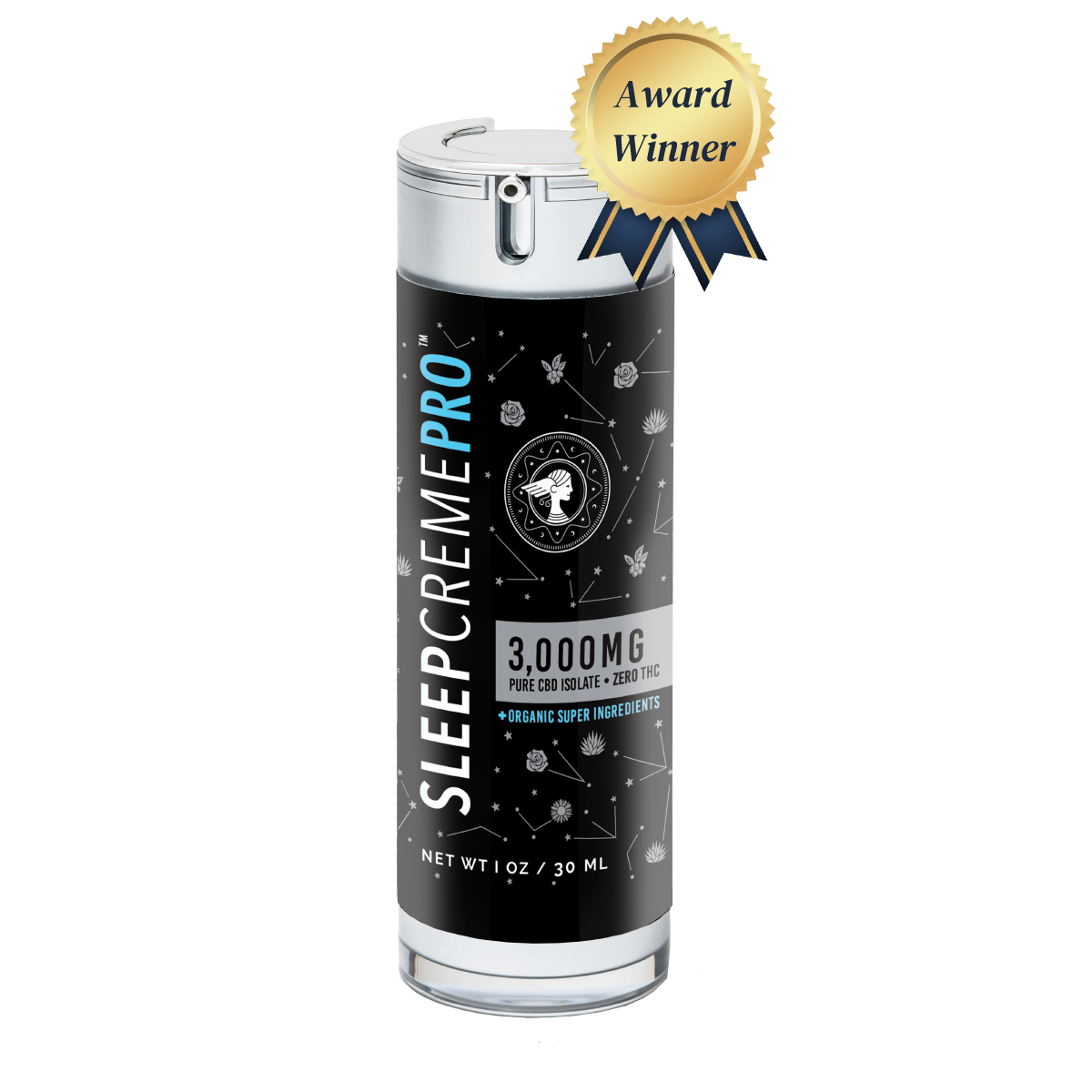Too Hot to Sleep? What to Do When You Wake Up Sweaty in the Night
As spring turns into summer in Dallas, we naturally start adjusting the thermostat and reaching for cooler sheets. But even with the A/C running, many of us still wake up in the middle of the night hot, sweaty, and wide awake.
Sound familiar?
You're not alone—and you're not doing anything wrong. Nighttime overheating can be caused by a variety of factors, from bedding and bedroom airflow to natural fluctuations in your core body temperature.
Here’s what’s happening—and how you can get back to sleep comfortably.
Why You Might Be Overheating at Night
-
Body temperature drops naturally at night—but your bedroom needs to support that process.
-
Poor airflow or inconsistent A/C can create warm pockets, especially upstairs.
-
Heavy comforters or synthetic bedding can trap heat.
-
Hormonal changes or stress can increase body temperature and trigger night sweats.
5 Simple Ways to Sleep Cooler Tonight
1. Set your thermostat wisely.
Sleep experts recommend keeping your bedroom between 65–68°F. If you're using a smart thermostat, program it to start cooling 30–60 minutes before bed to help your body begin winding down.
2. Swap out your bedding.
Switch to breathable fabrics like cotton, bamboo, or linen. These materials allow heat to escape and wick away moisture better than polyester blends.
3. Use lightweight layers.
Instead of one thick blanket, use a sheet and a light quilt so you can adjust easily during the night.
4. Avoid late meals and workouts.
Heavy dinners and evening exercise can keep your core temperature elevated for hours. Aim to finish both at least 2–3 hours before bedtime.
5. Add cooling elements to your routine.
A quick cool shower, a bedside fan, or applying a light, fast-absorbing cream like SleepCreme can help calm your nervous system and support more restful sleep.
What About Down Comforters—Are They Making You Hot?
Down comforters are soft, breathable, and luxurious—but they’re not all built the same. In fact, if you’re still using a winter-weight or high-fill down comforter, it may be the culprit behind your night sweats.
Here’s what to know:
-
Traditional down comforters trap heat exceptionally well. That’s great in January, not so great in May.
-
A summer-weight down comforter with a low fill power (400–550) and a light cotton shell can offer just enough comfort without the heat trap.
-
Down alternatives with moisture-wicking materials are also a great choice in warmer climates.
The key is to match your bedding to the season—just like you would your wardrobe. If you’re waking up in a sweat, your comforter might be too warm, even if your thermostat is set correctly.
A Cooler, Calmer Way to Sleep
Waking up hot and uncomfortable isn’t just annoying—it disrupts your sleep cycle and impacts how you feel the next day. With a few small changes, like adjusting your thermostat, rethinking your bedding, and incorporating calming, natural sleep cues into your routine, you can create a more comfortable sleep environment that works with your body—not against it.
And when you need a little help easing into rest? SleepCreme is always here to support your wind-down—with soothing botanicals that nourish your skin and help your nervous system relax.
Because sleep should be sacred—and comfortable, too.
Shop now at SleepCreme.com and enjoy 20% off your first order with the code FALLASLEEP20, for a limited time!








